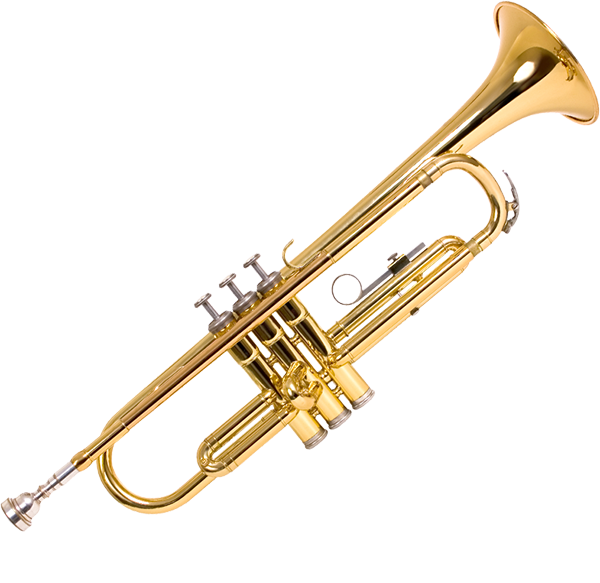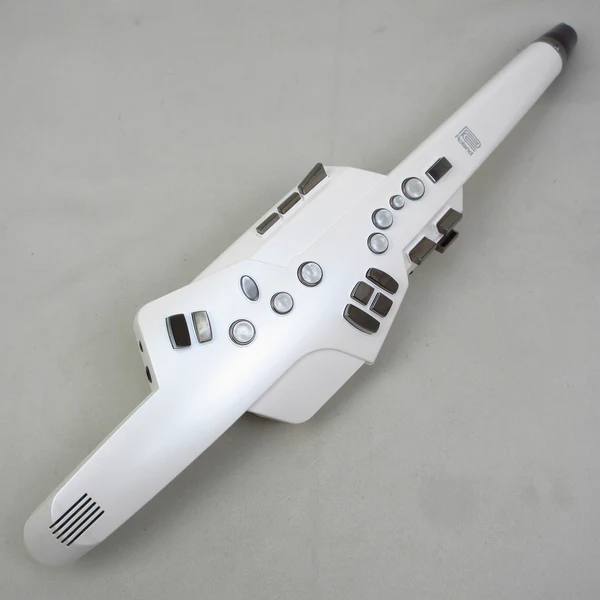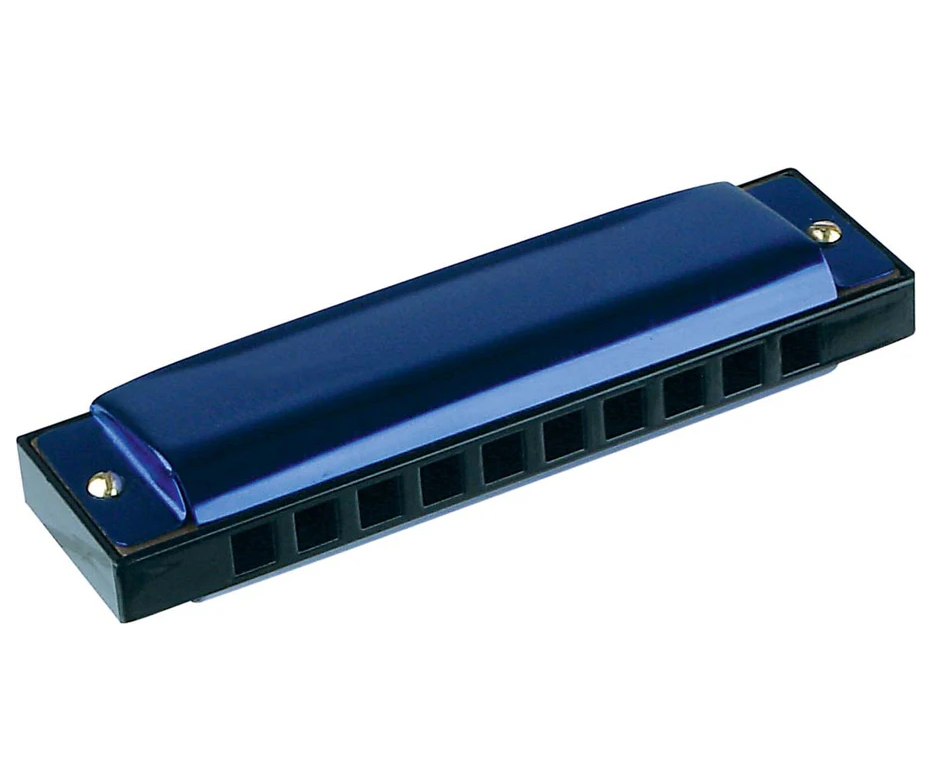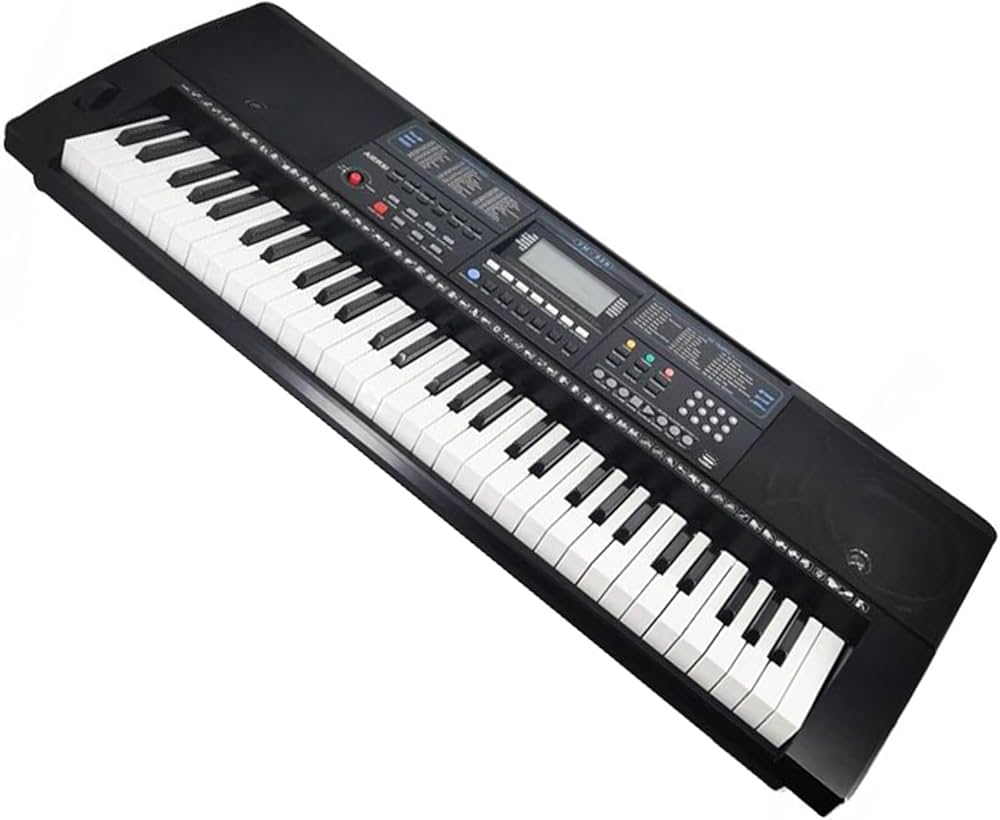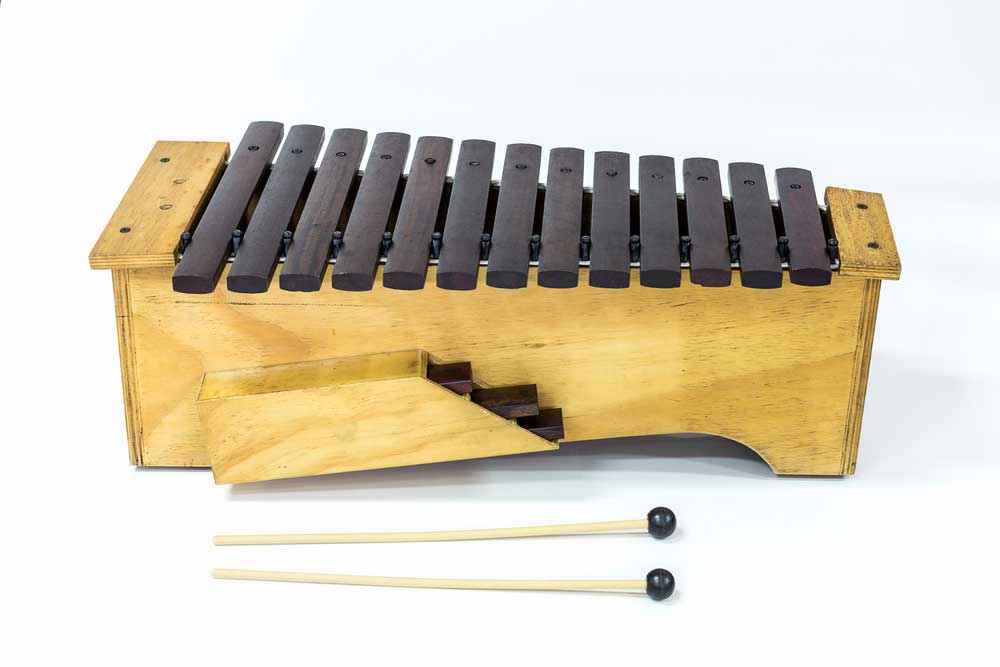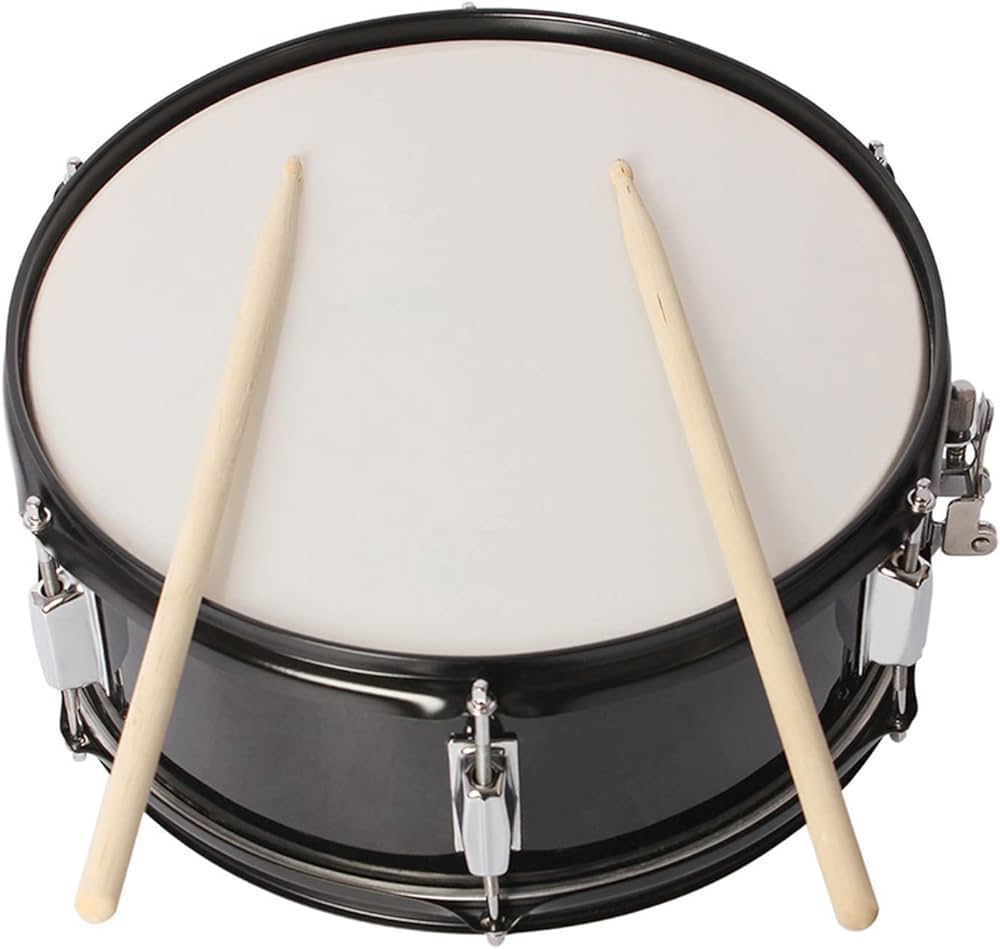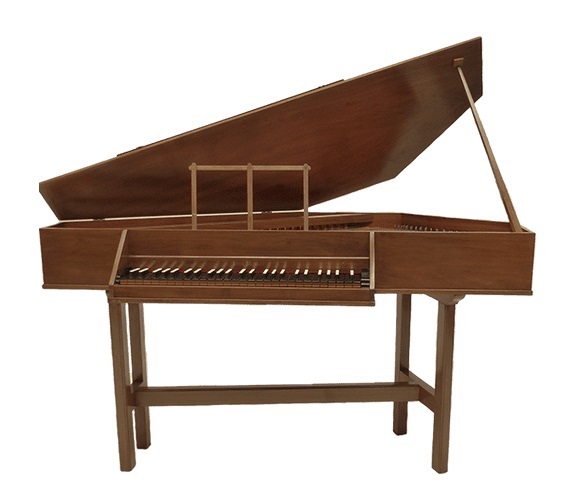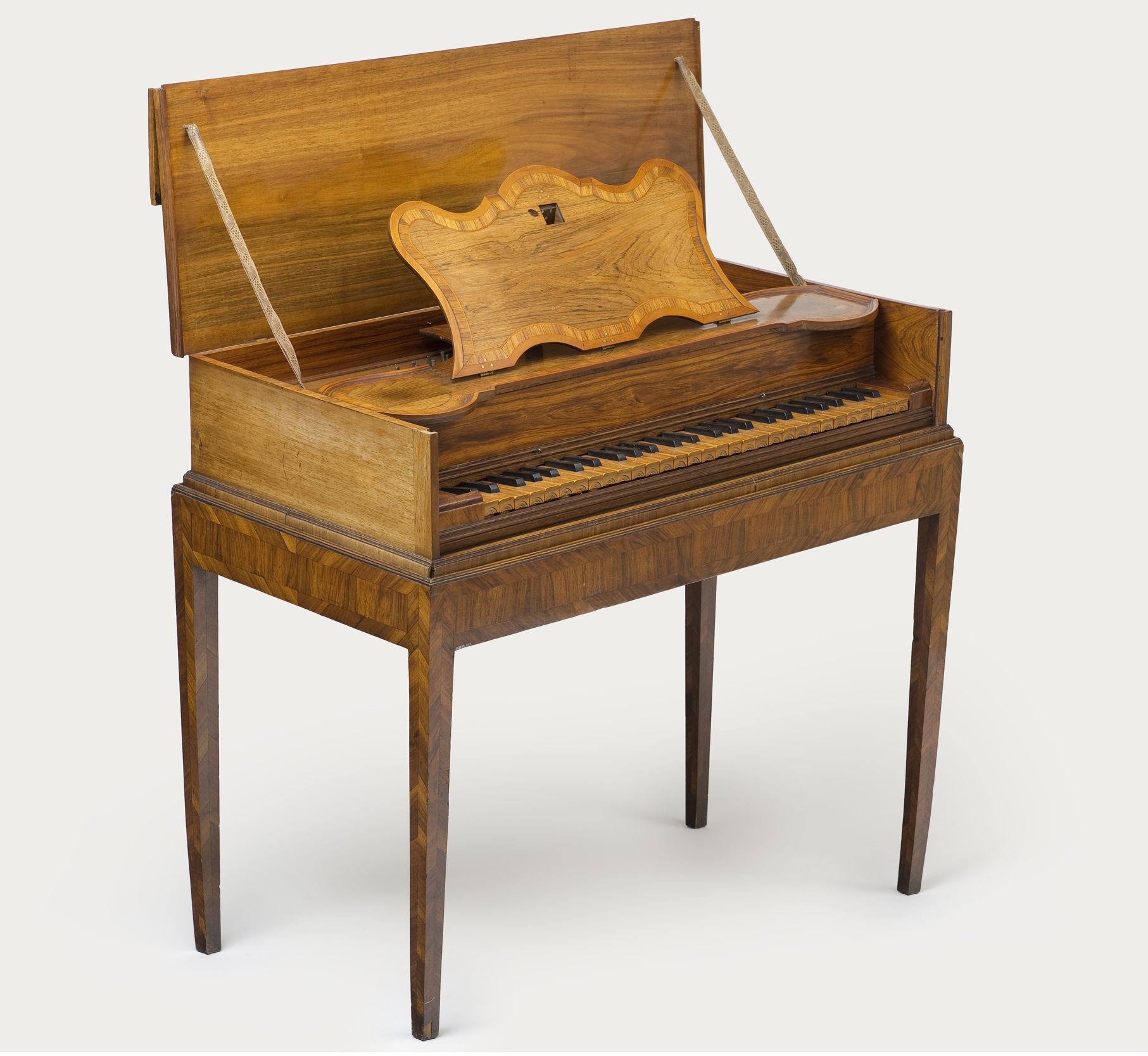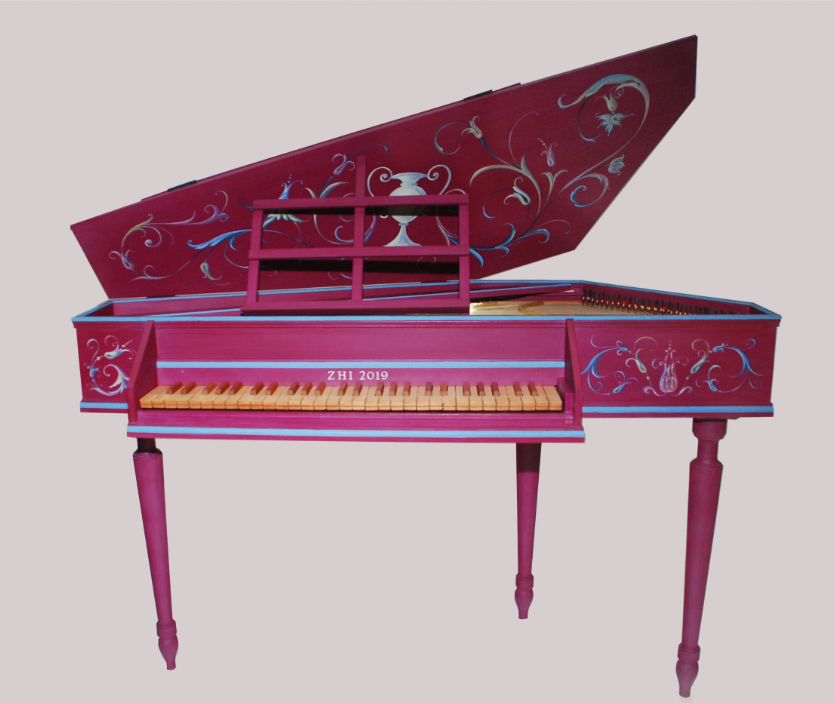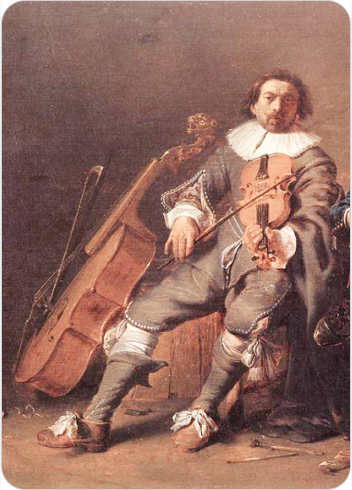Virginal
Keyboard Instruments
Europe
Between 1001 and 1900 AD
Video
The virginal is a historical keyboard instrument belonging to the harpsichord family. Known for its compact and rectangular shape, it was a popular musical device during the late Renaissance and early Baroque periods. Its unique sound and elegant design made it a favored choice for domestic music-making, particularly among the aristocracy and affluent households of Europe.
Description of the Virginal
The virginal is a smaller and more portable version of the harpsichord. Unlike its larger counterpart, it features a rectangular or polygonal case with strings running parallel to the keyboard along the long side of the instrument. This arrangement gives the virginal its distinct tonal quality. The instrument typically has one string per note, plucked by plectra mounted on jacks. The virginal’s design allows for a flute-like tone that is softer and less resonant than the harpsichord. Most virginals were constructed without legs and were designed to rest on tables for playing. However, later models incorporated their own stands, making them more self-contained. The keyboard could be placed either centrally or off-center in the case, depending on the type of virginal. This placement influenced the tone color by altering the plucking point of the strings.
The virginal’s appearance was often highly decorative. Cases were adorned with intricate paintings, inlays, carvings, and block-printed papers. Some instruments featured mottoes or inscriptions on their lids, adding a personal or philosophical touch to their aesthetic appeal.
Historical Context
The virginal emerged in Europe during the late 15th century and gained widespread popularity in the 16th and 17th centuries. Its origins are somewhat unclear, but it is considered one of the oldest members of the harpsichord family. The name “virginal” may derive from the Latin word virga (rod), referring to the jacks that pluck the strings, or from its association with young women (virgins) who frequently played it. The instrument was particularly favored in England, where “virginals” became a generic term for any plucked keyboard instrument during Tudor times. The Fitzwilliam Virginal Book, a collection of English keyboard music from this period, highlights its significance in domestic and courtly settings. In Italy, Flanders, and England, different regional styles of virginals developed. Italian instruments often had polygonal shapes with centrally placed keyboards, producing a mellow tone. Flemish and English virginals were typically rectangular and featured more robust construction. The Ruckers family of Antwerp became renowned for their high-quality virginals, including innovative designs like double virginals.
Construction and Design
The construction of a virginal reflects its dual purpose as both a musical instrument and an art object. The case was usually made from cypress or poplar wood, depending on regional preferences. Italian virginals often had delicate cases made from cypress wood, while northern European models used sturdier materials like poplar.
Inside the case, strings were stretched over a soundboard and bridges to produce sound when plucked by plectra attached to jacks. The jacks rested on wooden keys that formed the keyboard. Pressing a key caused its corresponding jack to rise and pluck a string, producing sound.
The placement of the keyboard influenced tonal characteristics. For example:
Spinet Virginals: The keyboard was placed off-center to one side of the case, resulting in strings being plucked closer to one end.
Muselar Virginals: The keyboard was positioned centrally or near the middle of the case, creating a richer tone with more prominent harmonics.
Decorative elements were an integral part of virginal design. Cases were often painted with pastoral scenes or floral motifs and lined with patterned papers or fabrics. Some instruments featured inscriptions or mottoes on their lids, reflecting personal or cultural values.
Types of Virginals
Virginals came in several types, each with unique features:
Spinet Virginals: These were common in Italy, England, and Flanders. They had keyboards placed off-center to produce distinct tonal qualities.
Muselar Virginals: These instruments had centrally placed keyboards, producing a mellower tone.
Double Virginals: Popularized by Flemish builders like Hans Ruckers, these consisted of two instruments in one—a standard virginal paired with a smaller ottavino. The ottavino could be played independently or coupled with the larger instrument for added brilliance.
Characteristics of Virginals
The virginal’s sound is characterized by its soft yet clear tone, making it ideal for intimate settings rather than large concert halls. Its compact size and portability further enhanced its suitability for domestic use. Unlike modern pianos that strike strings with hammers, virginals produce sound by plucking strings with quills or plectra attached to jacks. This mechanism gives them a distinctive timbre that differs from both pianos and harpsichords.
Virginals also differ from harpsichords in their construction:
Strings run parallel to the keyboard rather than at an angle.
They have simpler mechanisms with fewer registers.
Their cases are smaller and more portable.
The instrument’s popularity declined in the 18th century as larger harpsichords and later pianos became dominant in European music culture. However, its historical significance remains evident through surviving examples in museums and collections worldwide.
Playing Techniques and Sound Modifications
The virginal, a plucked-string keyboard instrument, shares a mechanism with the harpsichord but differs in its rectangular shape and parallel string alignment. When a key is pressed, a jack with a plectrum plucks the string, producing a distinct, bright sound. Unlike the harpsichord, the virginal’s strings are shorter and run parallel to the keyboard, which influences its tonal characteristics. Techniques such as paired fingering, where adjacent fingers play consecutive notes, are essential for achieving speed and fluidity. Historical treatises, such as Girolamo Diruta’s “Il Transilvano,” emphasize the importance of keeping the hand relaxed to maintain agility. Additionally, fingerings evolved over time, with composers like C.P.E. Bach avoiding the use of the thumb on black keys to maintain a closed and relaxed hand position.
Sound modifications on the virginal are limited compared to modern instruments, but players can alter dynamics and articulation through touch and phrasing. The instrument’s plucking mechanism produces a consistent volume, so expressive techniques rely on rhythmic nuance and ornamentation. Some virginals, such as the muselar, feature a keyboard on the right side, producing a softer, gentler sound.
Applications in Music
The virginal flourished during the Renaissance and Baroque periods, particularly in England and the Low Countries. It was a popular instrument for domestic music-making, often played by young women in social gatherings. Composers like William Byrd and Orlando Gibbons wrote extensively for the virginal, showcasing its capabilities in both polyphonic and virtuosic repertoire. The instrument’s compact size and portability made it ideal for private performances and pedagogical use. Its repertoire includes dance music, variations, and intricate contrapuntal works, reflecting the technical and expressive demands of the period.
Most Influential Players
Among the most influential virginal players were the composers themselves, who often performed their works. William Byrd, a leading figure in English virginal music, composed over 140 pieces for the instrument, demonstrating its versatility. Orlando Gibbons, another prominent composer, contributed significantly to the virginal repertoire with his technically demanding compositions. In the Low Countries, Joannes Couchet, a member of the renowned Ruckers family, built and likely played virginals, leaving a lasting legacy in instrument construction and performance.
Maintenance and Care
Maintaining a virginal requires careful attention to its delicate mechanisms and wooden structure. Regular tuning is essential, as the strings are prone to changes in humidity and temperature. The jacks and plectra should be inspected for wear and replaced as needed to ensure consistent plucking. The soundboard, often made of spruce, must be kept clean and free from cracks to maintain resonance. Additionally, the instrument’s decorative elements, such as painted scenes and gilded paper strips, should be preserved to retain its historical and aesthetic value. Proper storage in a controlled environment helps prevent warping and other damage.
Cultural Significance
The virginal holds a unique place in the cultural history of Europe. Its association with domestic music-making, particularly among women, reflects broader societal trends during the Renaissance and Baroque periods. The instrument’s popularity in England coincided with a flourishing of keyboard music, as composers explored new forms and techniques. Surviving examples, such as the virginal built by Charles Rewallin in 1679, provide valuable insights into the craftsmanship and artistic traditions of the time. The virginal’s enduring legacy is evident in its continued use in historical performance practice, where it serves as a window into the musical world of the past.
FAQ
What are the main features of the Virginal?
The Virginal is a keyboard instrument from the harpsichord family, featuring plucked strings and a rectangular or polygonal shape. It produces a delicate, resonant sound and was popular during the Renaissance and Baroque periods. The instrument typically has one manual and a single set of strings. Its tuning and mechanics allow for expressive, intimate performances.
How was the Virginal used in historical music?
The Virginal was widely used in the 16th and 17th centuries, particularly in England and the Netherlands. It was favored for solo performances, accompaniment, and courtly music. Composers like William Byrd and John Bull wrote intricate pieces specifically for the instrument. Its soft tone made it ideal for chamber music and aristocratic settings.
What materials were used to construct the Virginal?
The Virginal was primarily constructed from wood, often using oak, walnut, or cypress for the case. The soundboard was made of spruce or fir to enhance resonance. The keys were typically made from wood and sometimes inlaid with ivory or bone. The strings were crafted from brass or iron, producing a bright yet warm sound.
 Links
Links
References
Other Instrument
Categories

